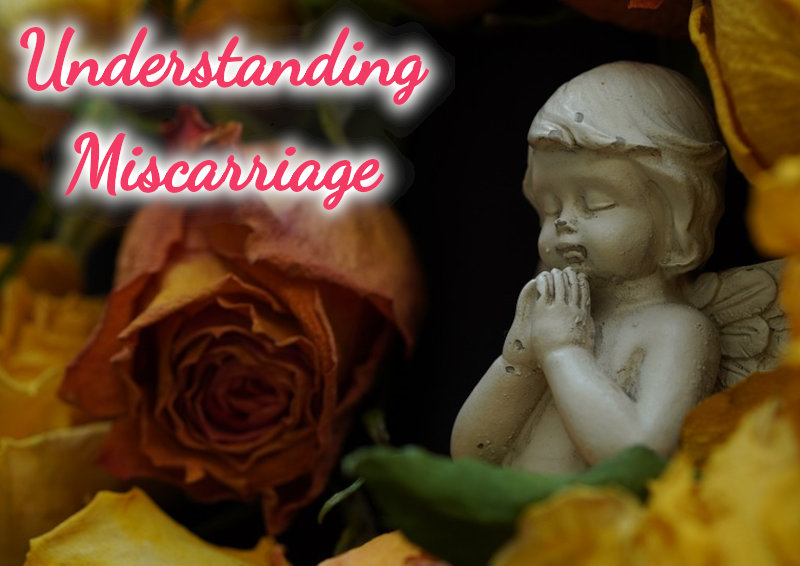Miscarriage Risk and Precautions

January 20th, 2024 | Pregnancy
Understanding the Pain of Miscarriage
Although pregnancy marks the most beautiful period of a woman’s life, it can be sore for some. Unfortunately, a significant percentage of women experience a miscarriage, which is defined as a pathological process that results in the unintentional expulsion of the embryo from the uterus until the 20th week of pregnancy. It is a painful loss for the woman, but the alarming fact is that about 10-20% of pregnancies, unfortunately, end in miscarriage. While the body recovers from the miscarriage, emotional healing is also necessary.
So, the point of today’s article is to shed some light on miscarriage risk and offer support in the form of advice on preventing it.
Miscarriage types
There are several miscarriage types; the most common are:
- Threatened miscarriage – The cervix is still closed, which gives hope that there is a high chance that pregnancy continues to term
- Inevitable miscarriage – the bleeding and pain are in the lower back, but the cervix opens, indicating possible miscarriage
- Complete miscarriage – Bleeding and pain pass quickly as the uterus is empty of the embryo and all pregnancy tissues
- Delayed miscarriage – no symptoms of miscarriage, and the woman usually finds this out on an ultrasound.
Causes of Miscarriage
Since it is unpredictable, many miscarriage risk factors can cause it. In general, it is difficult to define exactly what caused it. This is why it is very important to consult your doctor when you find out you are pregnant and follow all recommendations.
- Problems with the chromosomes in the fetus – The most common cause in the first trimester
- Hormonal disorder – when a woman has more or not enough of a hormone
- Infections: chlamydia, rubella, HIV, bacterial vaginosis
- Age – Over 35 years old, as age increases, so do the chances of miscarriage.
- Previous miscarriage
- Diet, cigarettes, and drugs
- Miscarriages also occur in the third trimester due to problems with the placenta, anomalies of the uterus, and other diseases.
All of these are valid miscarriage risks that you should act upon to ensure your and your baby’s health.
Miscarriage Symptoms
- Pain and cramps in the lower abdomen
- Disappearance of pregnancy symptoms
- Vaginal bleeding. This symptom is also one of the clearest symptoms that indicate a miscarriage. Bleeding can be light or heavy with a shade of brown to red. However, bleeding in pregnancy doesn’t always indicate a miscarriage. Therefore, it is best to consult your doctor immediately.
- Fast heartbeat
How to prevent miscarriage
- You have an essential obligation to fulfill – prenatal care. By going on regular checkups and listening to your doctor’s advice, you’re one step closer to a healthy pregnancy.
- Exercise – if your doctor advises you to be physically active, don’t hesitate.
- Sex – since infections can cause miscarriage, you must practice safe sex.
- Healthy diet – food rich in fruits, vegetables, and whole grains reduces the chance of miscarriage.
- Flu shot – Research shows that vaccinated women have a lower chance of catching a cold, thus reducing the number of miscarriages.
We truly hope this article has provided valuable information about miscarriage risks and what’s in your power to lower them. We also need to emphasize the importance of nutrition, as it plays a crucial role in the child’s development and well-being. During your pregnancy, your body enters a vulnerable period. For the best outcome, we recommend our Preggie Line products to naturally relieve nausea related to pregnancy. For more valuable tips, make sure you check our other blogs.
Recent Posts
- First Trimester Morning Sickness Relief: Expert Tips to Ease Nausea in 2025
- Safe Remedies for Road Trip Nausea: Natural Ways to Stop Motion Sickness in 2025
- Are Pregnancy Drops Safe for High-Risk Pregnancies? Ingredients, Tips & Expert Advice 2025
- Why Some Nausea Flavors Work Faster: Best Relief Options for 2025
- Visiting Family When You Have Nausea
Categories
- All-Natural (4)
- Blog (47)
- Cancer (69)
- Diet (14)
- Holidays (20)
- Lifestyle (64)
- Motion Sickness (39)
- Nausea (70)
- New Mothers (33)
- Oncology Testimonials (3)
- Prebiotics (1)
- Preggie Products (6)
- Preggie Testimonial (23)
- Pregnancy (130)
- Queasy Products (8)
- Queasy Testimonial (16)
